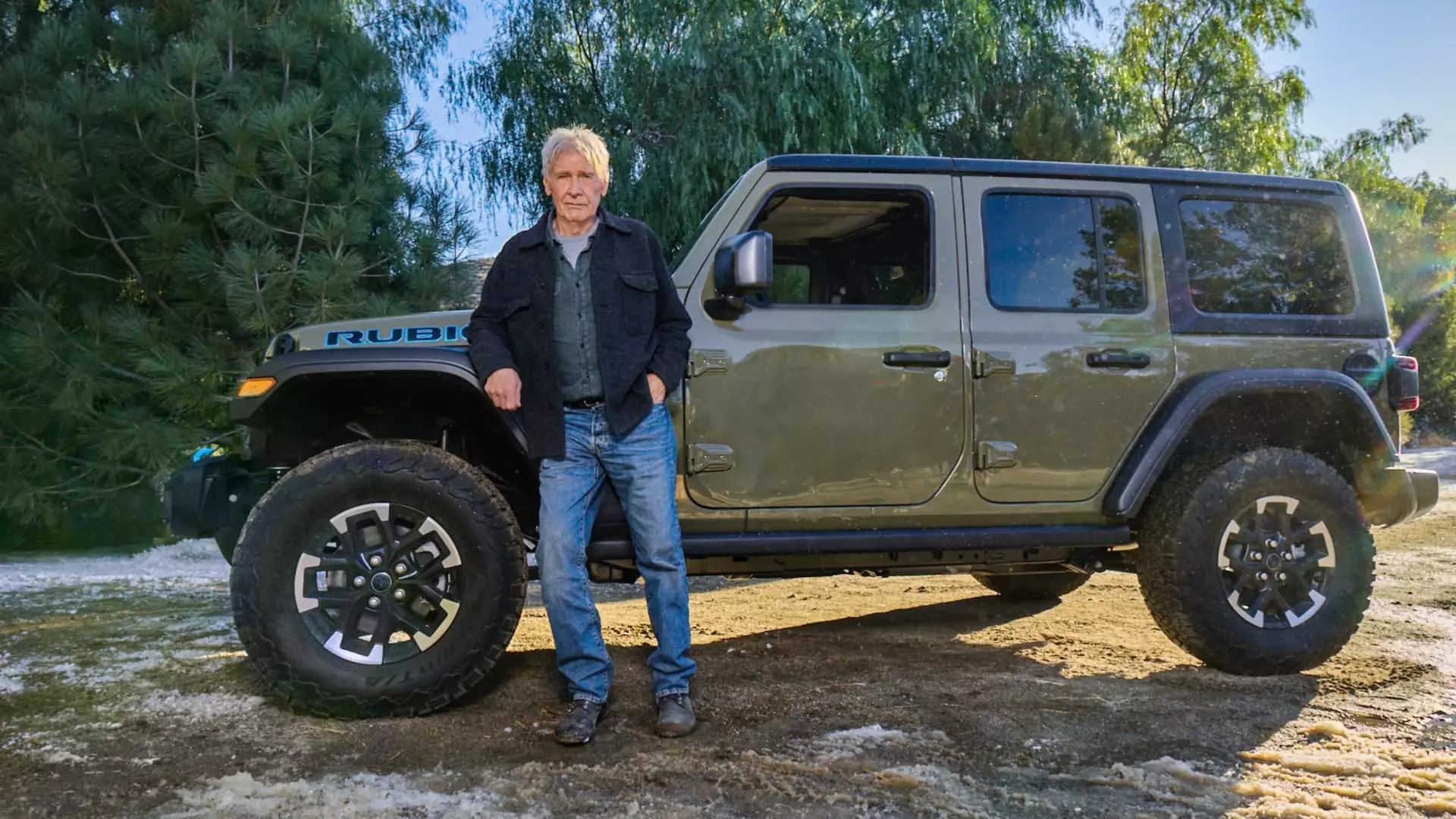In a unique twist of events, Stellantis, the parent company of brands like Ram and Jeep, positioned itself as the sole automaker to air a commercial during Super Bowl 59. This decision comes against a backdrop of industry turbulence, featuring executive turnover and a marked shift towards electric vehicles (EVs). CEO Carlos Tavares’ unexpected exit in December sent shockwaves through the company, prompting Stellantis’ leadership to rethink their marketing strategies. Olivier Francois, Stellantis’ Chief Marketing Officer, revealed that Stellantis Chairman John Elkann’s directive to secure a Super Bowl spot was not merely for visibility; it was a quest to reaffirm the company’s commitment to the American market, which has been struggling with lackluster sales and operational challenges.
The Super Bowl has historically served as one of the most powerful platforms for automotive advertising, yielding high visibility amidst a densely packed viewership. Despite this, the current climate has seen many brands eschew participation, citing cost-cutting measures and uncertain returns on their advertising investments. For Stellantis, however, absence was not an option. The message was clear: a representation of resilience and a celebratory return to the forefront of the American automotive market was essential.
Stellantis, known previously as Fiat Chrysler, has been noted under Francois’ guidance for its innovative and inclusive advertising campaigns. Unlike traditional ads that merely promote features and specifications, Stellantis has historically captured public attention through culturally resonant storytelling, often featuring high-profile celebrity endorsements. The company made waves back in 2011 with an emotionally charged Super Bowl ad featuring Eminem, linking the brand’s revival to the indomitable spirit of Detroit.
Drawing on this history, the recent Super Bowl campaign sought to encapsulate that comeback narrative once again. During a time when automotive giants have showcased electric vehicles without tangible products to back the hype, Stellantis aimed to establish a more grounded and relatable campaign. The challenge was to balance the promotion of electric offerings with the legacy of conventional vehicles, striking a chord with both traditional and modern consumers.
In the run-up to producing this year’s Super Bowl spots, Francois leaned heavily on the legacy of late CEO Sergio Marchionne, who emphasized the importance of bold decision-making. Marchionne’s philosophy “play like you have nothing left to lose” served as a guiding principle in crafting an impactful commercial narrative. The essence of this philosophy urged Francois to think outside the box while creating ads that resonate on a personal level.
Two specific commercials emerged from this creative ethos—a comedic Ram Trucks ad featuring Glen Powell and a more reflective Jeep commercial led by Harrison Ford. The latter highlighted themes of freedom and individuality, promoting the idea that vehicles like Jeeps are more than just means of transportation—they serve as facilitators of life experiences. This duality in messaging exemplified Stellantis’ intent to cater to diverse consumer sentiments amid a shifting industry landscape.
Stellantis’ strategic timing in launching the commercials proved fortuitous. Instead of conforming to the past approach where many automakers blindly advertised EVs, Stellantis pivoted to a narrative that encompasses a broader automotive landscape. By incorporating both electric and conventional vehicles, Stellantis could cater to varied audience segments without seeming disconnected or irrelevant.
The unique positioning of Ford in the Jeep ad drew considerable attention, as the actor effectively identified with the brand’s audience. His commentary on writing one’s own story resonated deeply, emphasizing the message that driving a Jeep is an extension of personal happiness. The interplay between emotions and marketing was clear: it was not just about showcasing vehicles but about building a lifestyle narrative that invited viewers to reflect on their journeys and choices.
Stellantis’ tactical embrace of the Super Bowl creates a noteworthy case study in modern automotive marketing amidst an era characterized by brisk technological advancements and shifting consumer preferences. While most automakers retreated due to uncertainty, Stellantis saw an opportunity to invigorate its brand image and reconnect emotionally with its American audience.
With its recent advertising efforts, the company showcased its understanding of both traditional and contemporary consumer landscapes. As the automotive market continues to adapt, Stellantis remains poised to navigate future challenges through innovation and a commitment to creating meaningful connections with fans and potential buyers alike. While the path ahead involves cautious management of new technologies and consumer expectations, Stellantis’s return to the Super Bowl underscores its resilient spirit and strategic foresight in the face of adversity.

